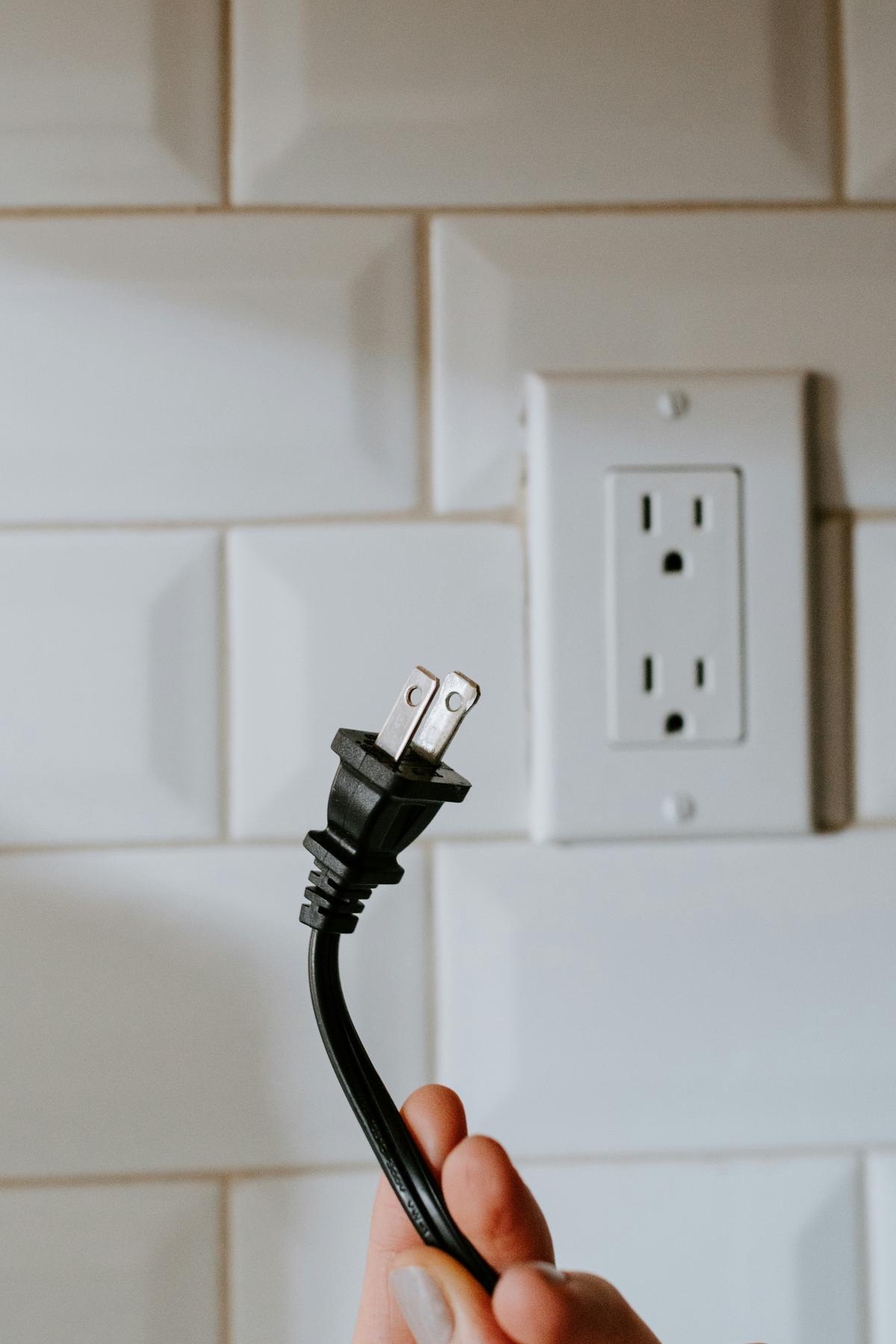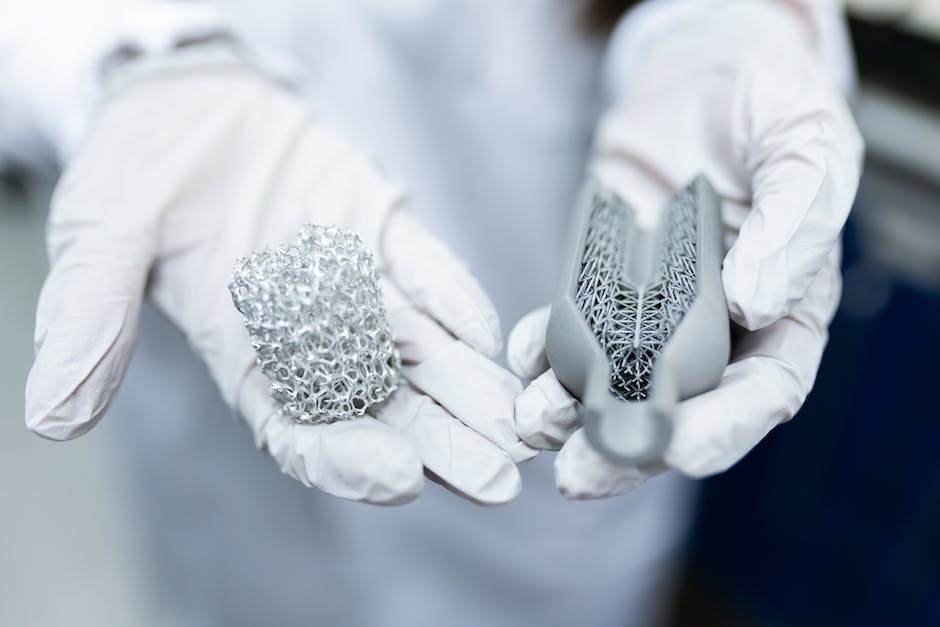Electric skateboards offer a seamless blend of technology and thrill, propelling riders with the simple push of a throttle. Yet, enthusiasts like us yearn for more – more speed, more power, and ultimately, more exhilaration. Delving into the heart of our rides, the motor reveals a myriad of opportunities for enhancement. Understanding motor specifications is not just about comprehending figures and jargon; it’s about unlocking the potential that lies within our electric chariots. This exploration will navigate through the technicalities of wattage, voltage, KV ratings, and their collective role in the might of our boards. By equipping ourselves with this knowledge, we stand on the brink of propelling our electric skateboarding experience to electrifying new heights.
Understanding Motor Specifications
Choosing the Right Motor Specs for Your Electric Skateboard
When selecting an electric skateboard, understanding motor specifications is crucial to ensure you get the performance you need. Here’s a guide on what to look for in motor specs to harness the power for your ride.
First, consider the wattage, which indicates the motor’s power output. A higher wattage correlates with more power, which can mean faster acceleration and the ability to tackle steeper hills. For a balance between performance and battery life, a motor rated between 1000-2000 watts is a solid choice.
Next, examine the type of motor. There are two main types: hub motors, which are built into the wheels, and belt-driven systems. Hub motors offer a direct drive with less maintenance, but belt-driven systems often provide more torque and better hill-climbing capability.
The torque is another critical spec. Torque measures the turning force of the motor, affecting acceleration and hill-climbing power. Look for higher torque if you plan to ride in hilly areas or want a quick takeoff from a standstill.
Consider the motor’s voltage as well. Higher voltage systems can deliver power more efficiently, contributing to better performance and range. They often require less current to achieve the same power output as lower voltage systems, which can mean less heat generation and potentially longer motor life.
Lastely, there’s the question of single versus dual motors. Dual motors can offer superior traction, balance, and power distribution, especially important for off-road skating or for riders who demand peak performance. However, they can drain battery life more quickly than single motors.
When assessing electric skateboard power, always match your motor specs to your specific needs. Whether it’s cruising city streets or tackling rough terrain, the right motor specs are key to optimizing your electric skateboarding experience. Remember to check the specs against your requirements, and you’ll be set to roll with confidence and power.

Photo by kellysikkema on Unsplash
Upgrading Motor Components
Upgrading Motor Components: Enhancing Skateboard Performance
Skateboard enthusiasts know that every component counts when it comes to perfecting the ride. Motor upgrades can lead to a drastic performance enhancement, affecting speed, handling, and overall dynamics.
Understanding KV Ratings for Ideal Speed Control
KV, or RPM per volt, is pivotal in choosing the right motor. A lower KV implies increased torque and acceleration, tailor-made for hill enthusiasts seeking that torque-powered climb. Conversely, a higher KV caters to speed demons aiming to push the limits on flat terrain. Selecting the appropriate KV rating can optimize the skateboard’s response to rider input, ensuring a ride that aligns with the user’s preferences.
Upgrading Bearings for Minimized Friction
The pivot of performance often turns on bearings—the unsung heroes of smooth rides. High-grade bearings, such as those crafted from ceramics, can exponentially reduce friction. Decreasing resistance means an uptick in efficiency, enabling motors to transfer power to the wheels more effectively. This not only enhances speed but also extends the battery life, crucial for longer sessions or commutes.
The Role of ESC in Skateboard Handling
The Electronic Speed Controller (ESC) is the brain behind the brawn, orchestrating the symphony of speed and agility. Upgrading to a more refined ESC can provide smoother acceleration and better braking control. A superior ESC translates to a finer modulation of speed, pivotal in navigating crowded cityscapes or executing that flawless stop.
Balancing Weight Distribution with Motor Placement
The placement of motor components can shift the center of gravity and influence the board’s weight distribution. Moving heavier motor parts closer to the truck can offer a more concentrated and controlled balance point, essential for maneuverability. A well-balanced board will respond nimbly to rider commands, turning on a dime where lesser setups falter.
Advanced Cooling Systems for Prolonged Performance
Upgraded motors necessitate advanced cooling systems. Heat is the adversary of performance, and innovative cooling designs can safeguard critical components from overheating. These systems ensure consistent performance even under the stress of extended use, which is vital for maintaining peak efficiency and prolonging the lifespan of the motor.
To conclude, savvy skateboarders understand the multifaceted nature of motor upgrades. Each modification plays a crucial role in crafting a ride that is at once exhilarating, precise, and reliable. A well-considered approach to enhancing motor components can elevate the humble skateboard into a high-performance machine, attuned to the demands of its rider. With these insights, riders are equipped to make informed decisions, riding the wave of technology to new heights of skateboarding proficiency.

Battery and ESC Optimization
Understanding Battery and ESC Optimization for Enhanced Motor Power
Delving deeply into the realm of motor power, two paramount factors come into sharp focus: the battery and the Electronic Speed Controller (ESC). These components play a critical role in unlocking the full potential of a motor’s capability. Without optimized batteries and ESCs, even the most advanced motors cannot deliver the peak performance expected by tech aficionados and hobbyists alike.
Battery optimization is not simply a matter of selecting the highest capacity available; it’s a strategic choice based on understanding the symbiotic relationship between the battery and the motor. Superior battery efficiency ensures that the motor receives a stable supply of energy, which translates to consistent power output. This steady flow matters substantially for sustained torque, particularly in scenarios demanding high power like steep inclines or rapid acceleration.
Lithium-ion batteries, with their high energy density and longer lifespan, have become the standard for motor power systems. Optimizing these batteries involves balancing their size, weight, and capacity to meet the user’s specific operational demands. Application dictates configuration; a lightweight battery might suit a portable gadget, while a more robust cell could be necessary for larger-scale propulsion.
The ESC stands as the central nervous system of a motor’s power operation. It doesn’t merely regulate speed but acts as a dynamic intermediary between the battery’s raw power and the refined needs of the motor. An optimized ESC precisely controls the frequency and amplitude of the electrical signals, ensuring smooth transitions and responsiveness to user inputs.
Fine-tuning an ESC’s settings is akin to sharpening a well-crafted blade. It allows for customized control over acceleration curves, braking intensity, and even regenerative braking, which can feed power back into the battery. This precise level of control is essential for applications where exact motor speeds are critical, such as in drones, where responsiveness can be the difference between a steady hover and an erratic flight pattern.
Furthermore, an optimized ESC can safeguard the motor and battery from potential damage caused by electrical faults, overheating, or power surges. Integrating features like low-voltage cutoff and thermal monitoring protects these prime assets, ensuring not only performance but longevity. Additionally, in the case of multi-motor systems, syncing the ESCs to work harmoniously is fundamental to achieving a cohesive and efficient power delivery.
To culminate, optimizing both the battery and ESC is not merely about achieving a single performance target. It’s a complex dance of power management, control, and protection that empowers motors to perform at their zenith while safeguarding their vital components from the strains of operation. This optimization is the cornerstone for those striving to extract every ounce of power from their motor systems, striking the perfect balance between sheer force and nuanced control.

Embarking on this journey to augment our electric skateboard power, we’ve traversed the technical landscape of motor specifications, grappled with the complexities of component upgrades, and optimized the symbiotic relationship between batteries and ESCs. Each step taken is a stride towards not just enhancing our ride but mastering the craft that underpins our passion. As enthusiasts, by embracing these modifications, we do more than tweak a machine – we cultivate an experience, tailor a ride, and amplify the very essence of electric skateboarding. Let us ride forth, armed with newfound prowess, ready to carve asphalt with the vigor of a storm – our storm, electrified and unleashed.

